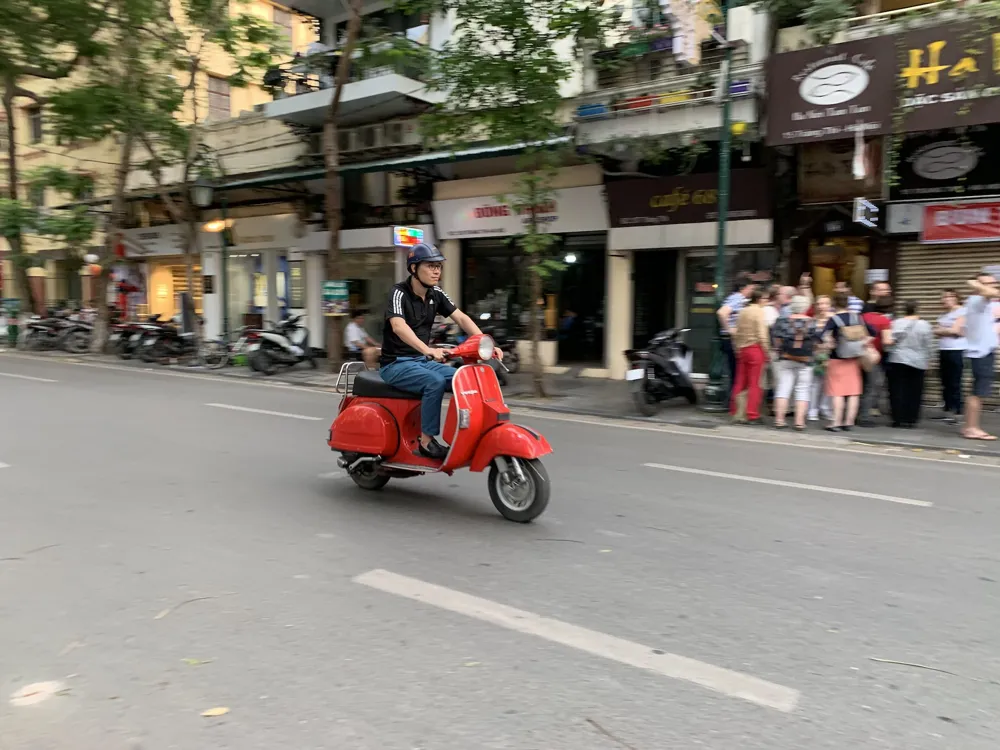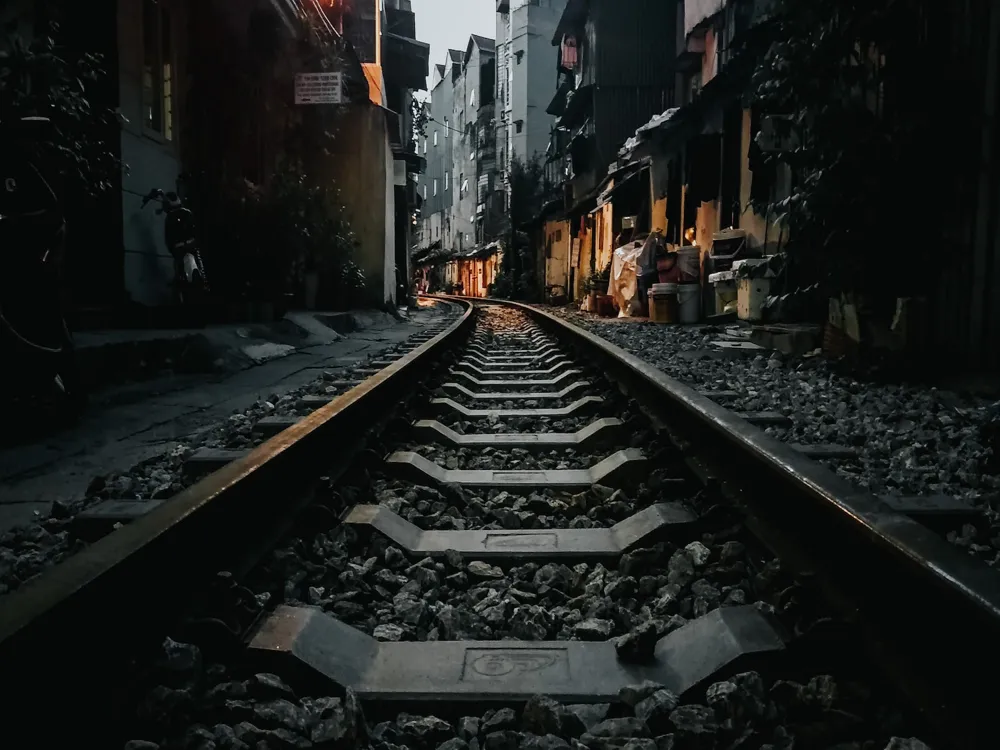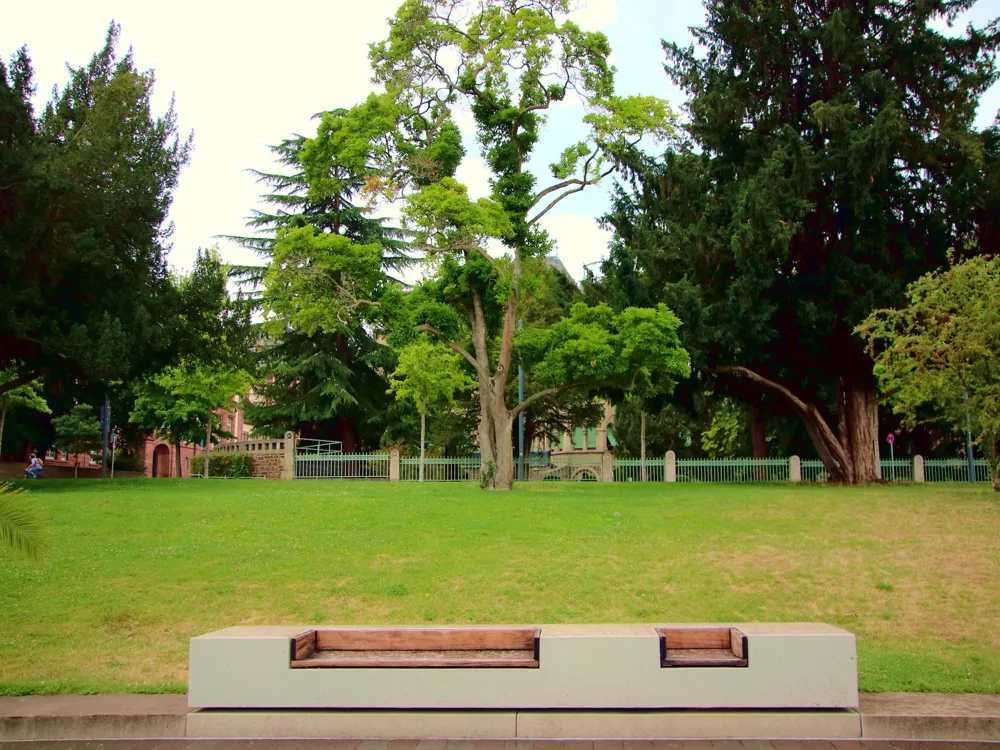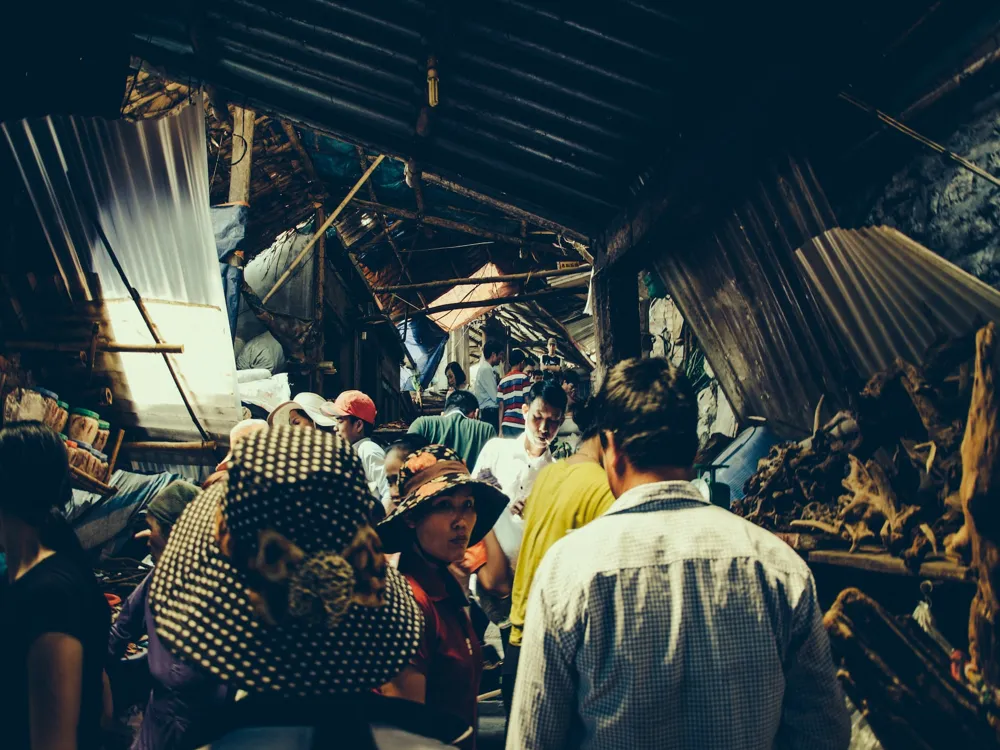Hanoi, the capital city of Vietnam, is a fascinating blend of East and West, combining traditional Sino-Vietnamese motifs with French flair. It is known for its centuries-old architecture and a rich culture with Southeast Asian, Chinese, and French influences. At its heart is the chaotic Old Quarter, where the narrow streets are roughly arranged by trade. There are many little temples, including Bach Ma, honoring a legendary horse, plus Đồng Xuân Market, selling household goods and street food.
Steeped in history, Hanoi's origins date back to 1010 AD when it was named Thăng Long, which means 'ascending dragon'. Throughout the years, Hanoi has witnessed numerous changes, both culturally and structurally, making it a vibrant city with a unique character. The city is also known for its delectable cuisine, vibrant nightlife, silks and handicrafts, as well as a multi-cultural community that's both traditional and modern. It's not just the political capital but also the cultural heart of Vietnam, with many museums, temples, and parks scattered across the city, making it an essential destination for any traveler to Southeast Asia.
The city's historical significance is palpable in the Ho Chi Minh Mausoleum, where the Vietnamese Revolutionary leader is memorialized. The Imperial Citadel of Thăng Long, a UNESCO World Heritage Site, is a testament to Hanoi's rich history. Additionally, the city's commitment to education and enlightenment is showcased in the Temple of Literature, which was established in 1070 and dedicated to Confucius. Hanoi combines the mystery of the past with the dynamism of the present, offering an experience that is both deeply rooted in history and vibrantly contemporary.
Hanoi's landscape is characterized by an interesting duality: while the Old Quarter and ancient structures offer a journey back in time, the city also boasts modern developments, business districts, and sprawling urban areas. Hanoi is not just a city to be seen, but to be experienced. Its streets echo with the buzz of motorbikes, vendors, and the unique energy of a city that is rapidly growing yet retaining its distinct personality.
[Additional 900 words about Hanoi's history, cultural significance, and unique characteristics]
Hanoi's architecture is a spectacular testament to its history, culture, and the influences that have shaped the city over centuries. The city's architectural landscape is a mesmerizing mix of ancient temples, French colonial buildings, Soviet-inspired utilitarian structures, and modern skyscrapers, reflecting the various phases of its history. One of the most distinctive features of Hanoi's architecture is the prevalence of French colonial buildings, especially in the French Quarter, where grand boulevards and elegant villas reflect the city's past as part of French Indochina.
The Old Quarter is another architectural marvel of Hanoi, featuring traditional Vietnamese tube houses. These narrow, multi-storied buildings reflect the constraints of past city planning, with limited street frontage and a deep, rectangular shape. The Old Quarter's architecture is not only about aesthetics but also about preserving a way of life, with many buildings housing family-run businesses on the ground floor and living quarters above.
Religious architecture in Hanoi is equally diverse, featuring ancient temples and pagodas that reflect the city's deep Buddhist and Confucian traditions. The Tran Quoc Pagoda, Hanoi's oldest temple, sits on a small island in West Lake, offering a serene escape from the city's hustle and bustle. Meanwhile, the Temple of Literature, a Confucian temple, showcases traditional Vietnamese architecture and is known for its serene courtyards and scholarly history.
In recent years, Hanoi has seen a surge in contemporary architectural projects. New developments are reshaping the city's skyline, blending modern design principles with traditional Vietnamese elements. This juxtaposition creates a unique urban landscape where old and new coexist harmoniously, making Hanoi an exciting place for architecture enthusiasts.
[Additional 900 words detailing significant architectural sites, their history, and impact on Hanoi's cultural landscape]
The best time to visit Hanoi is during the spring (March and April) and autumn (October and November) months. During these times, the weather is pleasant with milder temperatures, making it ideal for exploring the city.
Hanoi can be navigated through various modes of transportation. The most popular is the motorbike, but for tourists, taxis, cyclos, and app-based ride services are recommended. Be aware of the traffic, which can be chaotic for first-time visitors.
Respect local customs and traditions while visiting temples and religious sites. Dress modestly, remove shoes when required, and always ask for permission before taking photographs.
Hanoi is famous for its street food, but it's important to eat at reputable stalls. Drink bottled water and be cautious of food hygiene to avoid any health issues. The city is generally safe, but be mindful of your belongings in crowded areas.
Hanoi offers a range of accommodations, from budget hostels to luxury hotels. Staying in the Old Quarter is recommended for first-time visitors as it provides easy access to major attractions and a real taste of the city's life.
Hanoi is accessible by air, land, and rail. The Noi Bai International Airport is the main gateway for international travelers, located about 45 minutes from the city center. For regional travel, trains and buses connect Hanoi to other Vietnamese cities and neighboring countries. Within the city, the public transportation system includes buses and an emerging metro system, providing convenient options for getting around.
Overview of Hanoi
Architecture of Hanoi
Tips When Visiting Hanoi
Best Time to Visit
Transportation Tips
Cultural Etiquette
Food and Safety
Accommodation Choices
How To Reach Hanoi
Ho Chi Minh's Stilt House
Hanoi
₹ 15,260 onwards
View hanoi Packages
Hanoi Travel Packages
View All Packages For Hanoi
Top Hotel Collections for Hanoi

Private Pool

Luxury Hotels

5-Star Hotels

Pet Friendly
Top Hotels Near Hanoi
Other Top Ranking Places In Hanoi
View All Places To Visit In hanoi
View hanoi Packages
Hanoi Travel Packages
View All Packages For Hanoi
Top Hotel Collections for Hanoi

Private Pool

Luxury Hotels

5-Star Hotels

Pet Friendly






















